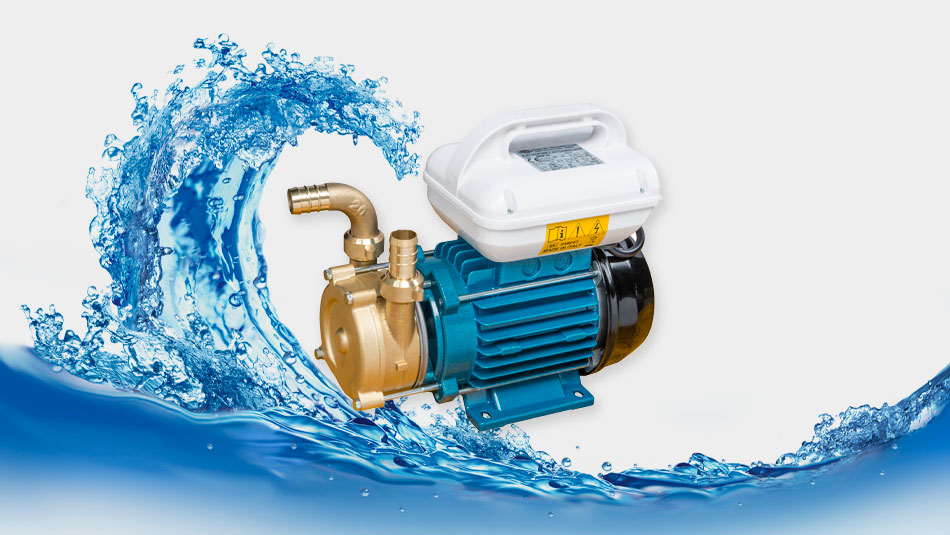How do seawater and freshwater washing pumps work?

Everything you need to know about the operation of seawater and freshwater washing pumps
To wash down the deck of a boat after a journey at sea, or to clean up at the beginning of the season or during a cruise, a washing pump enables you to easily maintain your boat. Installed aboard recreational boats as well as professional fishing vessels, this type of water pump is capable of pumping seawater and must be chosen according to your needs.
Need advice?
Our team of experts is here to help you.
You can contact us via a simple click:
Operation of a freshwater washing pump
Freshwater pumps for boats operate exactly like any other type of pump. They can be used with the drinking water tank, but to avoid emptying it and the risk of running out of fresh water, they enable seawater to be pumped in. This is supplied via a through-hull fitting that is located below the waterline of the vessel.
To increase the pressure and to obtain a constant flow rate, hydraulic pumps are often accompanied by a booster. This is a tank consisting of a chamber that is divided into two parts by a diaphragm. Half of the tank is dedicated to the recovery of the water and the other half is for air.
Its operating principle is based on the fact that water is not compressible whereas air is. It is in fact a pressure regulator.
The inflatable bladder of the booster unit is pre-inflated to a defined pressure, necessary for installation.
When the pump injects water into the tank, the diaphragm inflates to the point of equilibrium between the water pressure and the air pressure present in the tank.
The pressure switch, set at the same pressure as the air present in the tank, triggers when water is used.
When the water level goes down, the pressure drops and pump operation is automatically cut off.
The pressure switch then restarts pump priming in order to increase the pressure to cause it to suck in water again.
Washing pump installation
It is necessary to define an installation adapted to the aggressiveness of the seawater (depending on the salt content), the filtration system, the connectors, etc.
For seawater pumping, corrosion-resistant pumps made of 316 stainless steel or bronze are strongly recommended.
A few essential accessories must be connected to your suction tank:
To create a complete system on board, a water inlet must be provided in the cockpit to connect the pumping system to the expandable hose. This unit enables the hose to be directly connected with no need to connect it to the pump water circuit that is installed inside the hull.
For water supply and to wash and rinse, you must have a flexible and expandable hose, with a reel or a storage locker.
Good to know: expandable hoses retract and can be rolled up when they are not under pressure and thus take up less space. NB: this causes significant loss of load
It is important to remember the spray gun that controls the stopping and starting of the water flow. This accessory is much more ergonomic and precise than a nozzle and also enables you to save water for washing. You can thus wash a precise part of the cockpit or use a deck brush. Note that the gun will not control the pump without the installation of a pressure switch!
What are the advantages of these pumps?
The advantages of seawater washing pumps are that they are extremely resistant to seawater and can offer a high flow rate. Conversely, their major drawback is that starting and stopping must be done manually.
Concerning freshwater washing pumps, their main advantage is that they are triggered and stopped by opening a valve, cock, etc. In addition, the pressure can reach 3 or 4 bars, depending on the model. However, the flow rates for this type of pump are relatively low.
Another real advantage, they can be installed aboard any type of vessel: motorboats, recreational craft, outboards, yachts, etc., as well as sailing boats and catamarans.
